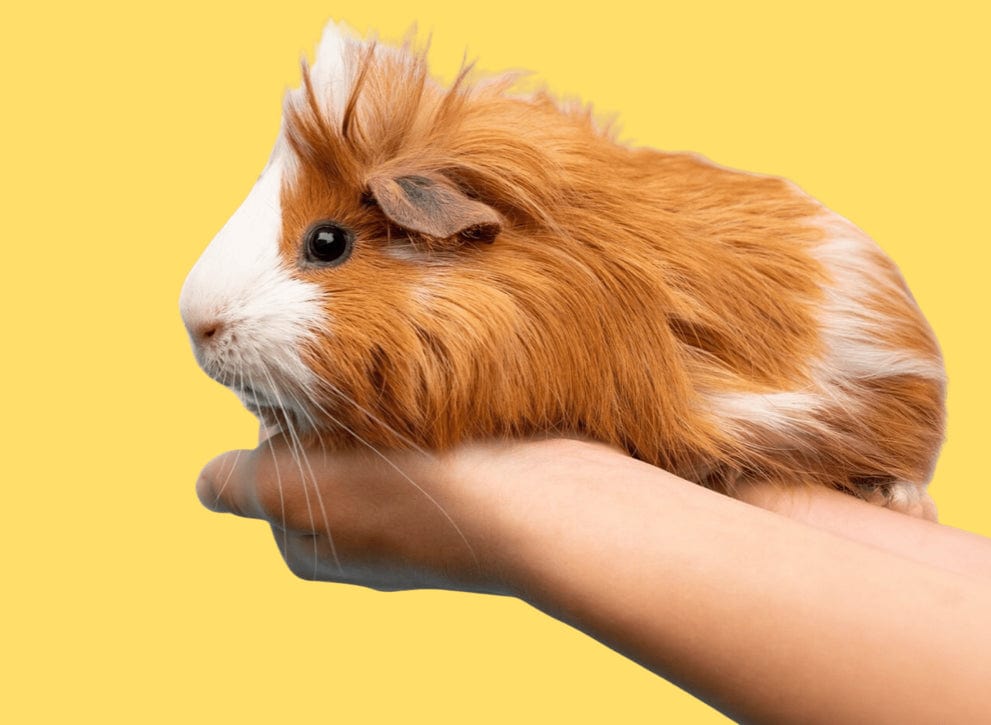Bunny lovers tend to be very kind, compassionate people with huge soft spots for our animals. After all, we share our hearts and homes with our furry friends (and only ask for snuggles in return!)
If you live in the United Kingdom, it turns out you're not alone in your love for those adorable, cuddly creatures. In fact, there are over one million rabbit owners in the UK. Pretty cool, right?
For all you rabbit lovers out there, we've compiled all the FAQ's asked by dedicated paw parents like you. From the timothy hay you should be feeding your bun to exactly why a rabbit thumps... and everything in between! Consider this your one stop shop for all questions rabbit.




